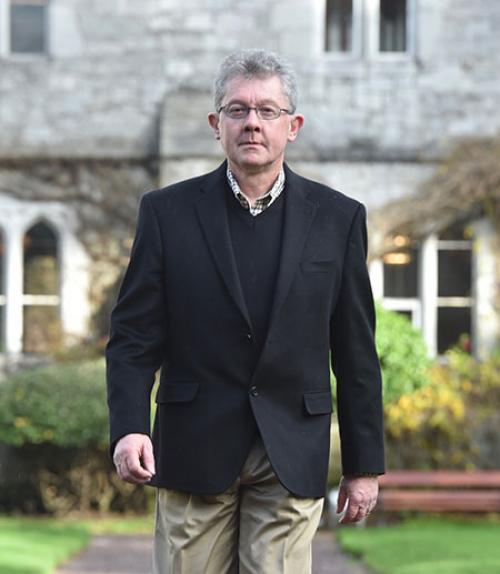
 Department Homepage
The College of Arts & Sciences
Department Homepage
The College of Arts & Sciences
Physicist receives prize for ‘pioneering research’

 Department Homepage
The College of Arts & Sciences
Department Homepage
The College of Arts & Sciences
